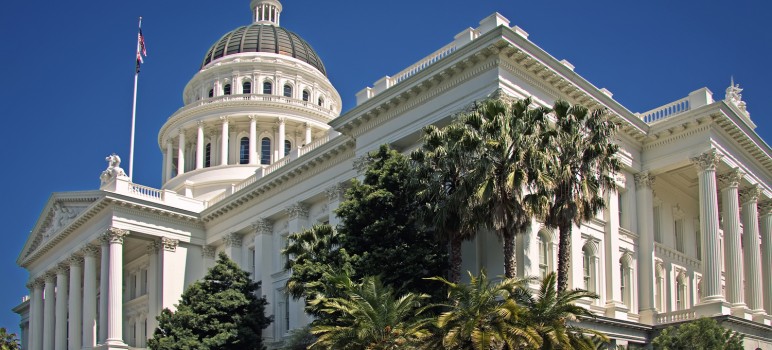Each house of the California legislature recently produced a bill that calls for our state to get 50 percent of its energy from renewable resources by the end of 2030. It’s a goal that many of us on the side of progress can support wholeheartedly. But in an interesting twist, rooftop solar is excluded from the count in both bills.
I’ll allow your heads to spin a couple times after taking that in.
This is not to bag on the state legislature. They have done an admirable job of putting the Golden State on the forefront of the energy revolution, approving ambitious goals for renewables and policies like net energy metering, which is critical to continued solar growth.
As a result, the mostly small-scale rooftop solar industry has been a direct contributor to our economic recovery and commitment to renewable energy leadership. It employs tens of thousands of Californians, producing more than 200,000 projects, and helps conserve water during a time of extreme drought.
So, doesn’t rooftop solar count toward California’s renewable energy goals? That’s the multi-billion dollar question, and it can be answered by looking at what types of solar power are included in the bills.
Sure enough, you find that solar farms and other large-scale projects will count toward the 50-percent RPS (renewable portfolio standard) goal. And according to a recent article in the Sacramento Bee, large-scale renewable energy companies prefer to exclude rooftop. Of course, it’s not hard to understand why. By leaving out rooftop solar, these bills create a competitive disadvantage for smaller solar companies who have been doing the “grunt” work of bringing us into a new energy future—one household at a time.
In another twist, the utilities are with rooftop solar on this one. You don’t see that every day. They think rooftop solar should count toward the RPS—pretty logical, since it’s 100 percent renewable. I posed this conundrum to the office of Assemblyman Das Williams (D-Carpinteria), a co-author of the Assembly bill, but have yet to receive a response as of this writing.
As with most critical issues of our day, the world is looking to California to lead the way on clean energy, and our legislators have responded by setting a bold vision. But their vision is incomplete as long as it excludes the more than 200,000 Californians who are doing their part to make it a reality. Hopefully, Sacramento will see the light and welcome them to the party.
If you’re the type who likes a little light reading, you can have a look at SB 350 and AB 645 in their full glory.
This article first appeared on The California Majority Report.


Well it might be over-site but I’d bet my money on what company made the biggest political donation.
Rooftop solar is called “behind the meter” – the power from your panels reduce your demand, but from the perspective of the system it’s not clear whether your demand went down because of your solar or because you’re just using less power.
That’s the excuse, and while it has some validity, there are ways around it to measure the energy production from rooftop solar and distributed generation.
What Brian says is true, but here is the problem. When I installed our “net metering” PV system, with state subsidies, in 2002, the state required such meters to show how much was being generated. However, there were no specs on these meters. I called the CPUC office and asked if I was supposed to collect data and was told “that’s up to you”. So I bought the cheapest mechanical (think 1970-era car odometer) meters I could find. I read them every 14 days to make sure our system is still working, and enter them into a spreadsheet. But there is no practical way for the state or PG&E to access this data.
I suppose they could make assumptions by the size of the system, which would be pretty close.